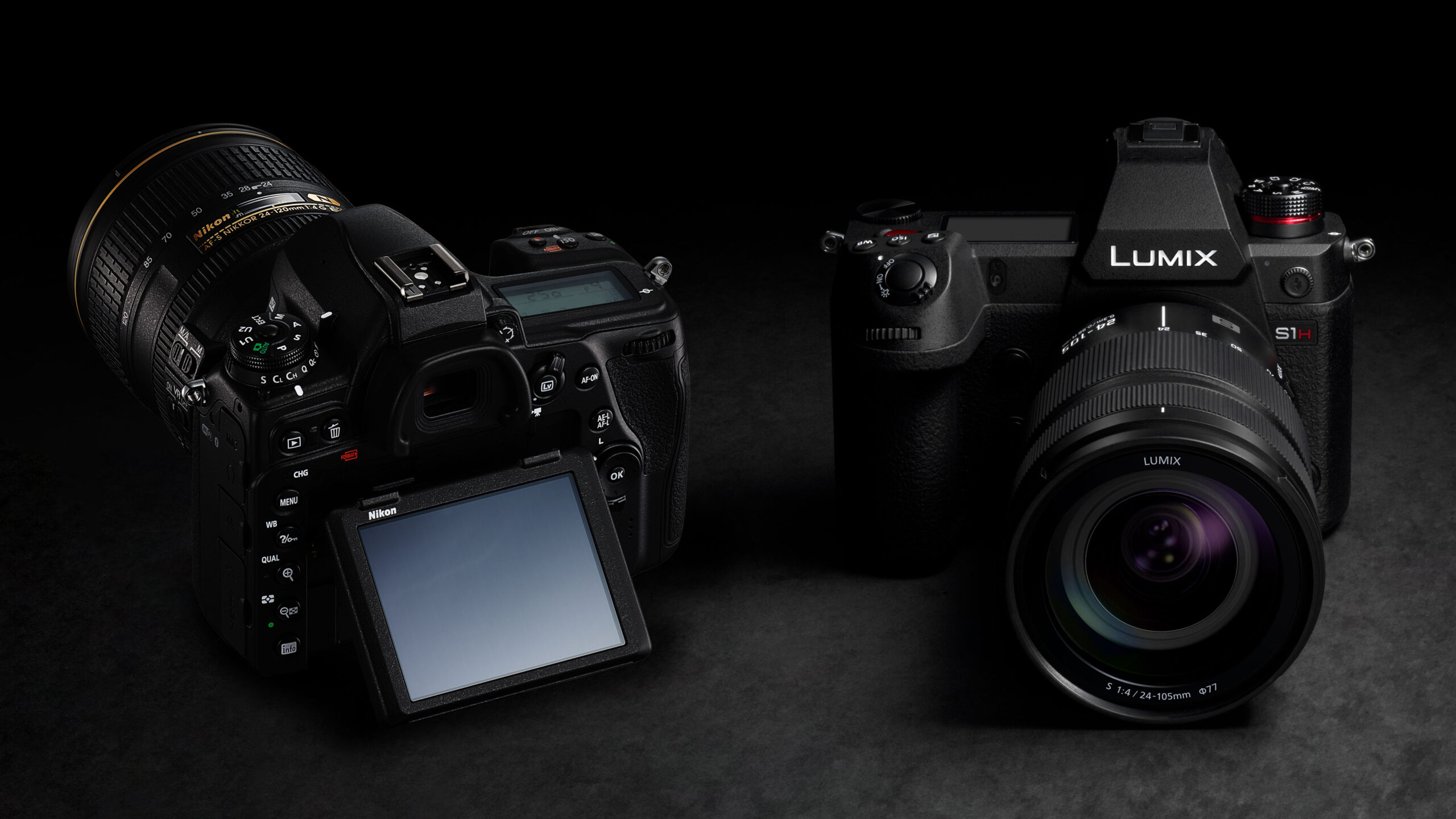Subtotal: Fr 770.000
Mirrorless vs. DSLR Cameras in 2025: Which One Should You Choose for Your Photography Journey?
In the world of photography, technology never stays still — and neither do the debates. One of the most asked questions among beginners, enthusiasts, and even professional photographers is, “Should I get a mirrorless camera or a DSLR in 2025?”
Both camera systems have their unique strengths, and choosing the right one depends on your budget, photography needs, portability preferences, and long-term goals. In this article, we’ll carefully break down the differences, advantages, limitations, and pricing of mirrorless vs. DSLR cameras in 2025.
We’ll also list where you can find these cameras, how to use them effectively, and give you a handy comparison table to simplify your decision.
What Is a DSLR Camera?
A DSLR (digital single-lens reflex) camera uses a mirror inside the camera body to reflect light from the lens into an optical viewfinder. This means when you look through the viewfinder, you’re seeing exactly what the lens sees in real time.

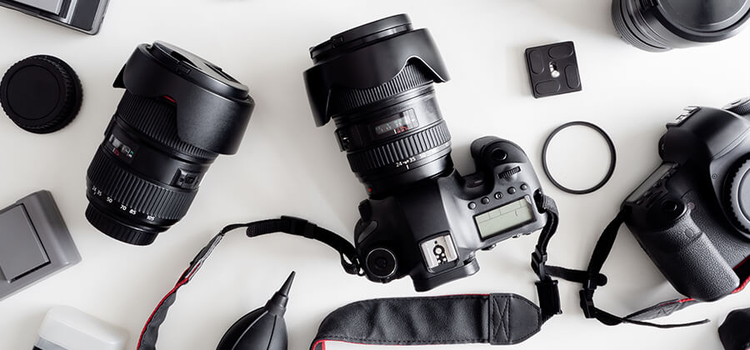

Popular in the early 2000s to mid-2010s, DSLRs are known for excellent image quality, durable body construction, and long battery life.
Examples of DSLR Cameras in 2025:
- Canon EOS 90D
- Nikon D7500
- Pentax K-3 Mark III
What Is a Mirrorless Camera?
A mirrorless camera, as the name suggests, removes the mirror mechanism found in DSLRs. Instead, light passes directly through the lens onto an image sensor, which displays a digital preview of your shot either through an electronic viewfinder (EVF) or an LCD screen.
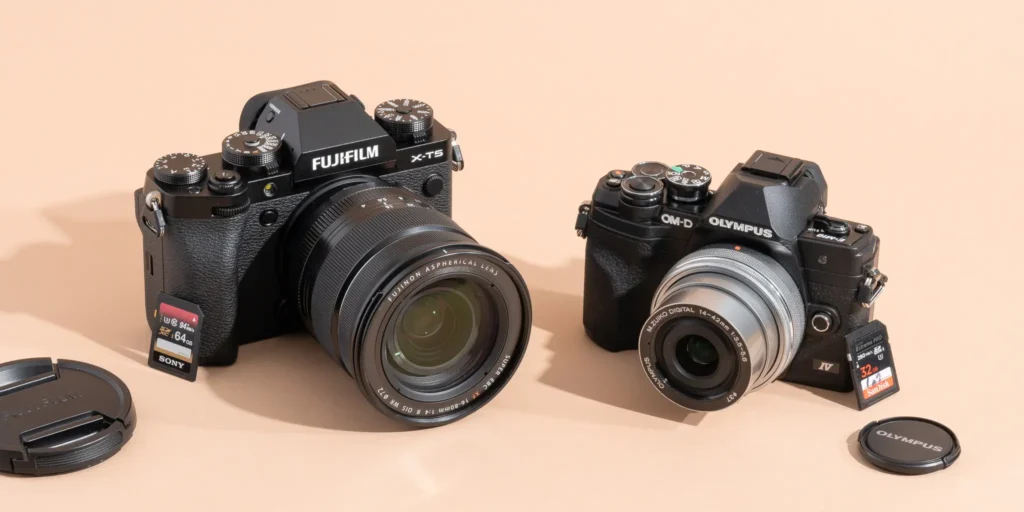


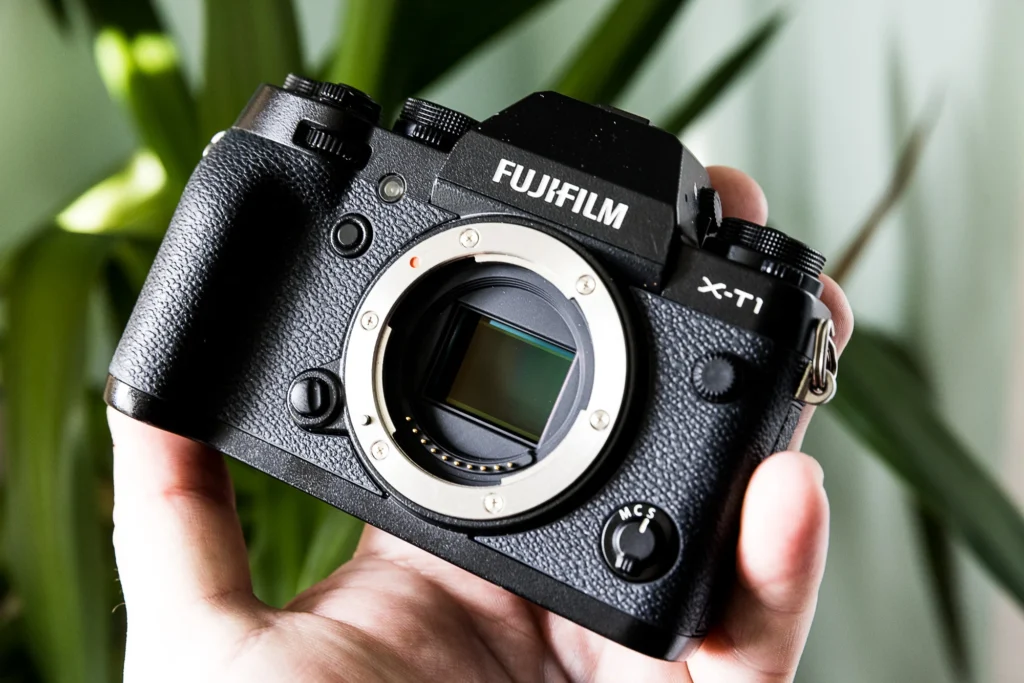
These cameras are typically lighter and more compact and now feature incredibly fast autofocus systems and 4K/8K video capabilities.
Examples of Mirrorless Cameras in 2025:
- Sony Alpha A7 IV
- Canon EOS R7
- Nikon Z6 II
Mirrorless vs DSLR: Comparison Table (2025)
| Feature | Mirrorless Cameras | DSLR Cameras |
|---|---|---|
| Size & Weight | Compact, lightweight | Larger, heavier |
| Viewfinder | Electronic (real-time preview) | Optical (direct view through lens) |
| Autofocus Speed | Faster with Eye/Face detection | Fast but limited face detection |
| Video Capabilities | Excellent (up to 8K video) | Good (limited to 4K in most cases) |
| Battery Life | Shorter (approx. 300-600 shots) | Longer (up to 1000+ shots) |
| Lens Availability | Growing rapidly | Wide selection (legacy lenses too) |
| Price Range (2025) | $699 – $5,500 | $499 – $3,000 |
| Best For | Vloggers, travel, hybrid shooters | Traditional photographers |
>
Where to Buy Mirrorless and DSLR Cameras in 2025
You can easily find both types of cameras from reputable online and local retailers. Here’s where you can safely shop:
Online:
- GeProcy.store (coming soon for cameras & drones)
- B&H Photo Video
- Adorama
- Amazon
- Best Buy
Physical Stores:
- Camera specialty shops
- Large electronics retailers like Best Buy or MediaMarkt
- Authorized brand outlets (Canon, Sony, Nikon)
Pro Tip: Always buy from authorized dealers to ensure warranty coverage and after-sales support.
How to Use a DSLR Camera
Getting Started with a DSLR:
- Insert battery and memory card
- Attach lens by aligning the marks on the lens and body
- Set the camera to Auto mode (green icon) for beginners
- Look through the optical viewfinder and half-press the shutter to focus
- Fully press the shutter to capture the image
Ideal Uses:
- Studio photography
- Portrait and landscape shoots
- Sports and wildlife with long telephoto lenses
Average DSLR Price in 2025:
Entry-level: $499–$899
Mid-range: $1,000–$1,800
Professional: $2,000–$3,000
How to Use a Mirrorless Camera
Getting Started with a Mirrorless:
- Insert battery and memory card
- Attach lens by aligning the marks
- Power on and set to P (Program) mode or Auto
- Use the LCD screen or electronic viewfinder (EVF) for live preview
- Tap the screen or use joystick/focus point selector to focus, then press the shutter
Ideal Uses:
- Travel and vlogging (lightweight)
- Video creation (superb 4K/8K)
- Fast-moving subjects with AI autofocus
Average Mirrorless Price in 2025:
Entry-level: $699–$1,200
Mid-range: $1,300–$2,500
Professional: $3,000–$5,500
Are Drones Included in This Comparison?
While both mirrorless and DSLR cameras are primarily handheld systems for photography and videography, drones have integrated cameras too — often mirrorless-style sensors.
Popular Drones in 2025:
- DJI Air 3: $1,099
- DJI Mini 4 Pro: $759
- Autel EVO Nano+: $799
How to Use a Drone Camera:
- Charge batteries and connect the remote controller
- Download the brand’s companion app (DJI Fly, Autel Sky, etc.)
- Calibrate the compass
- Fly in open, obstacle-free areas
- Use on-screen settings for photo/video modes
- Observe local regulations and avoid no-fly zones
You can find these drones at GeProcy.store, the DJI official store, Best Buy, and Amazon.
Conclusion: Which Camera Should You Buy in 2025?
Buy a DSLR if:
- You prefer optical viewfinders
- Want longer battery life
- Have an existing collection of DSLR lenses
- Do mostly still photography in studios or controlled settings
Buy a mirrorless if:
- You need a lightweight, travel-friendly camera
- Shoot videos for YouTube, TikTok, or commercials
- Value fast autofocus with eye/face detection
- Want access to the latest imaging technologies
For most people in 2025, a mirrorless camera is the smarter long-term investment due to its future-proof features, video performance, and growing lens options.
Final Thoughts
Whether you’re a casual shooter, a vlogger, or a pro photographer, both DSLRs and mirrorless cameras deliver incredible results. The best choice comes down to your personal workflow, content type, and budget.
Stay tuned to GeProcy.store for exclusive camera deals, comparisons, and drone gadgets launching soon.

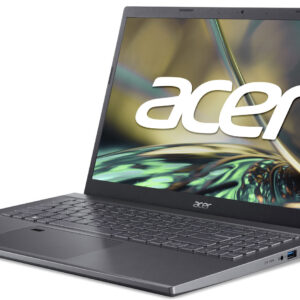 Acer Aspire 5 A515-57
Acer Aspire 5 A515-57 